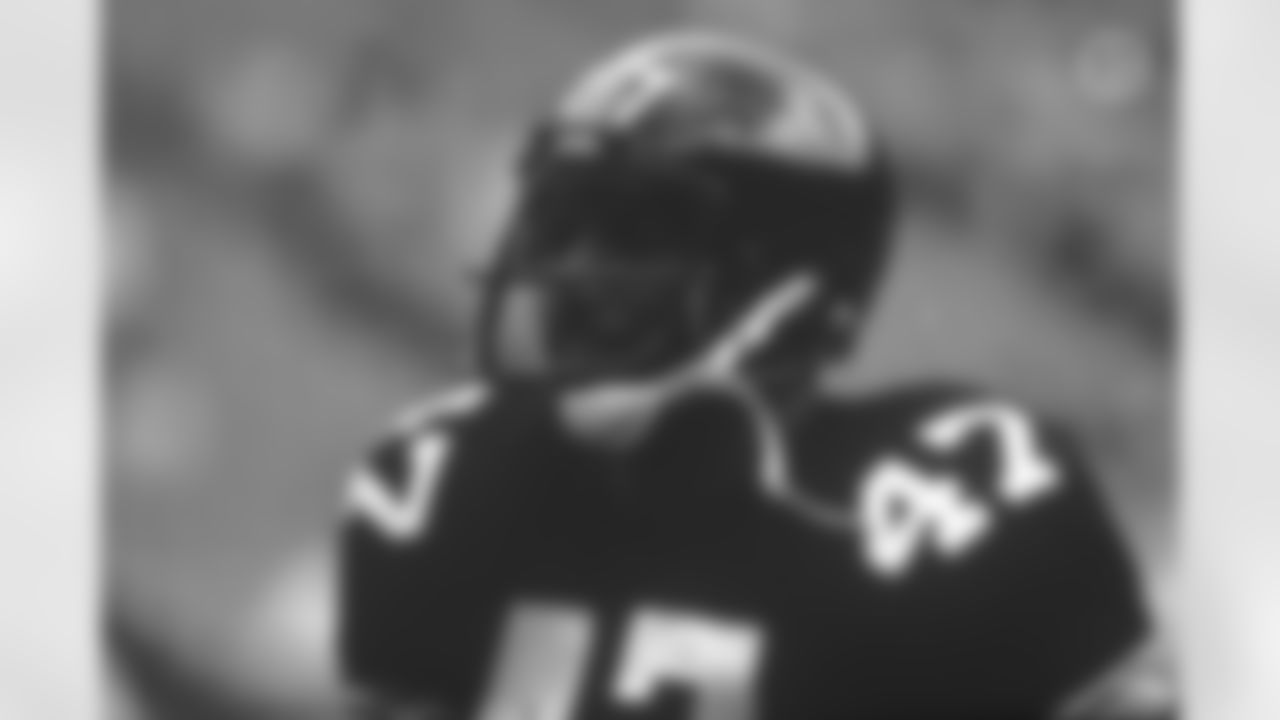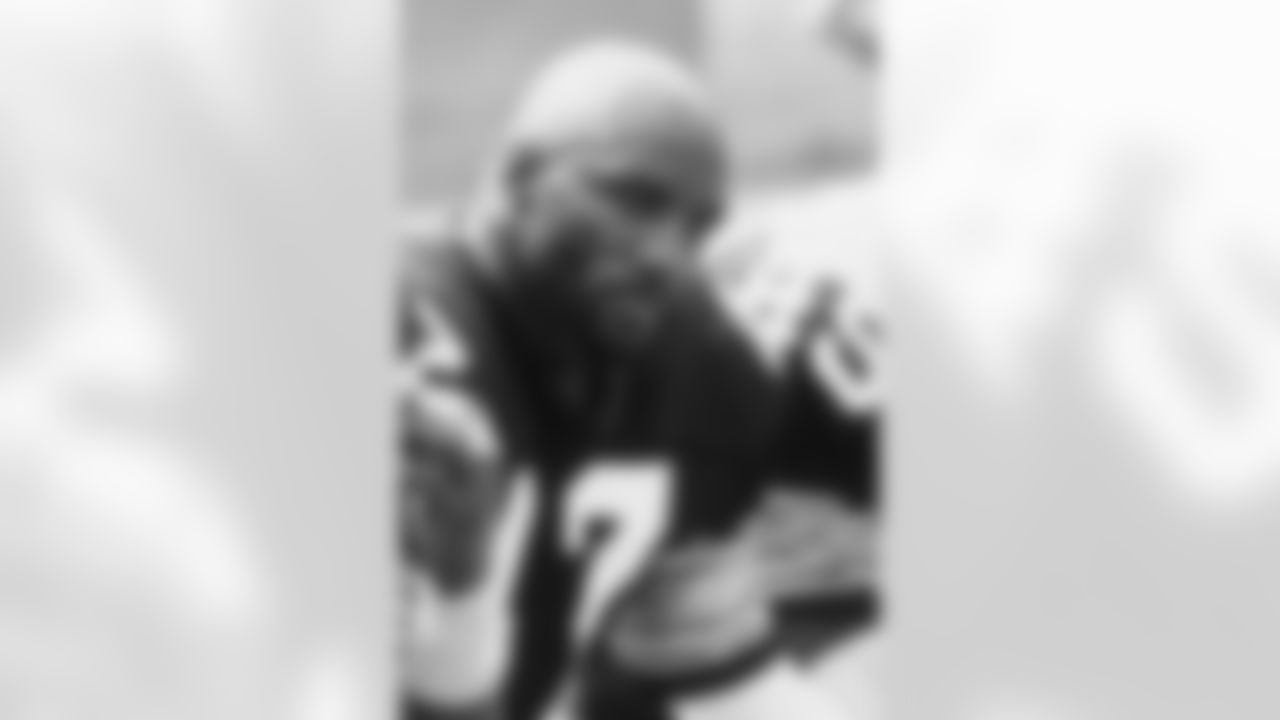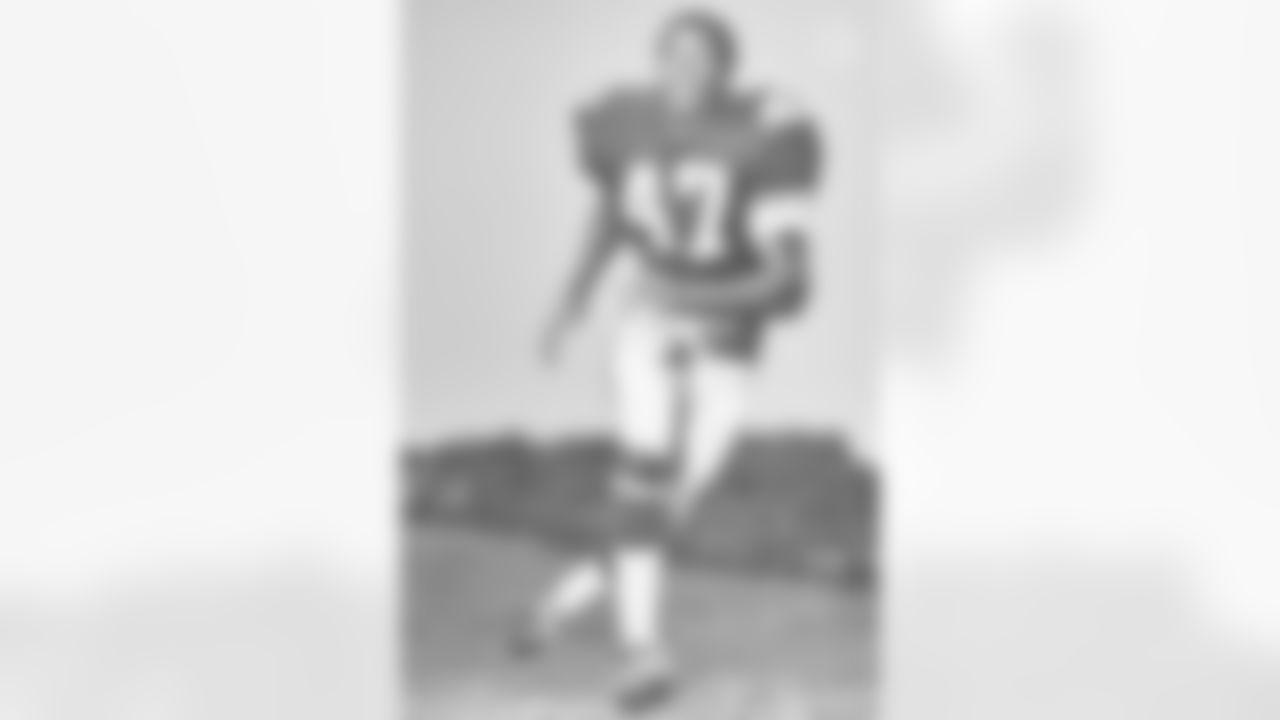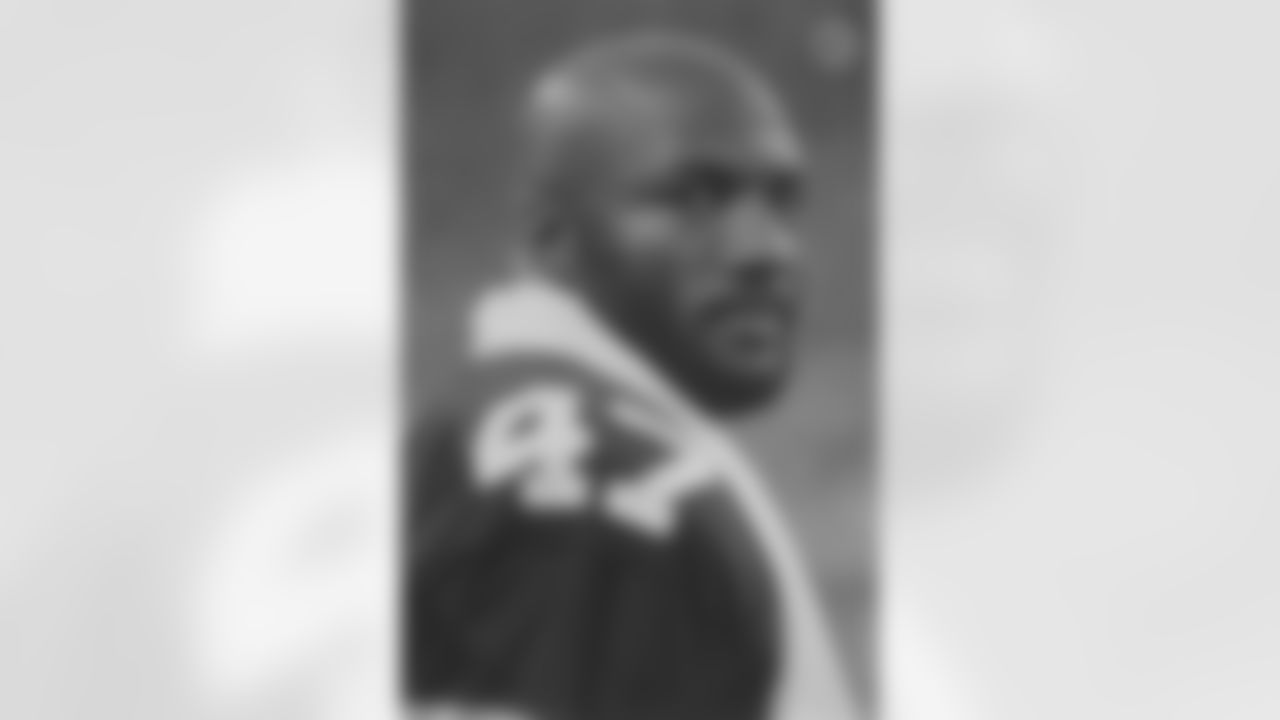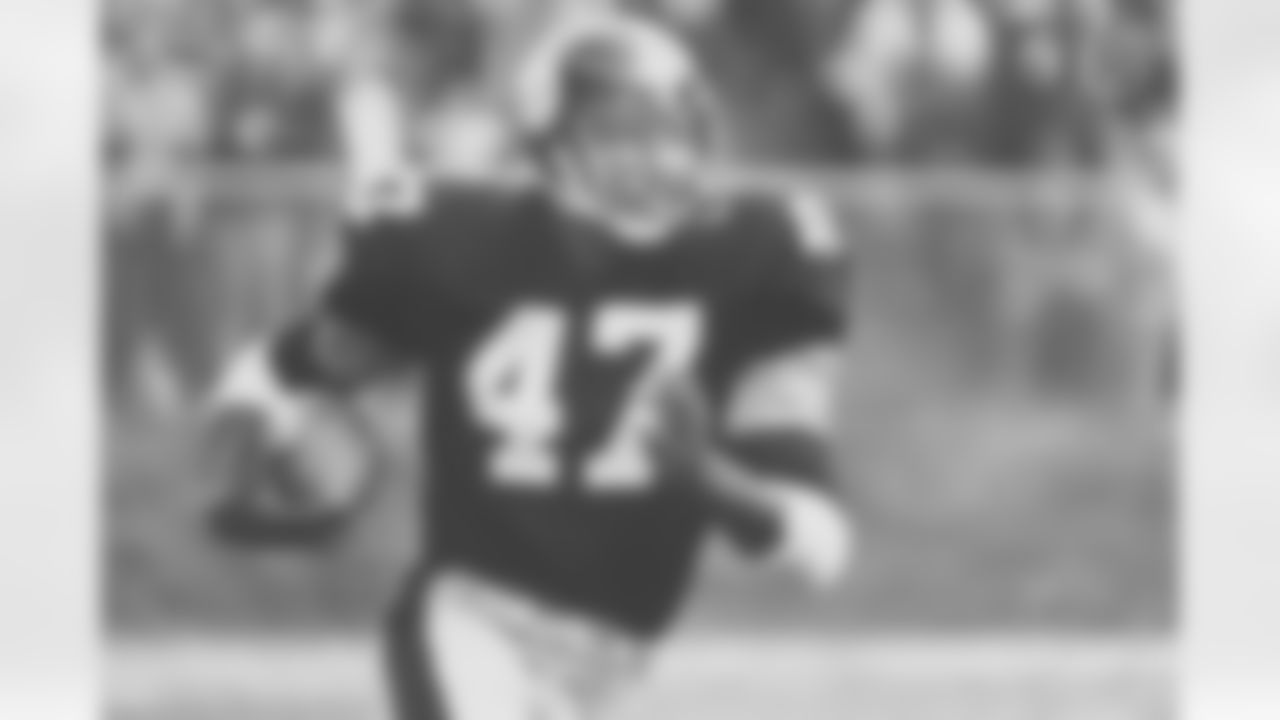On this day in Steelers history Chuck Noll was hired, Art Rooney Sr. was born and two HOFers were drafted.
January 27, 1969
Chuck Noll hired
Charles Henry Noll, "The Emperor," truly was the man who changed who the Pittsburgh Steelers were and continue to be.
When he was hired in 1969, the Steelers were a team that had struggled to win in the past. Prior to Noll's arrival the Steelers had just eight winning seasons and had not won a championship. And even in his first season the team went just 1-13.
But it didn't take long for Noll to bring a culture of winning with his style of coaching, a style that was about teaching and developing a group of players who would soon become legends.
Under Noll the Steelers won four Super Bowl championships in a six-year span - Super Bowls IX, X, XIII and XIV.
Noll led the Steelers to 15 winning seasons, nine division championships, and 12 playoff appearances, along with the four Super Bowl victories in the 1970s. Noll won 209 games in his 23 seasons with the Steelers and coached 12 Pro Football Hall of Fame players before he retired after the 1991 season.
Check out photos of Steelers' Hall of Famer Chuck Noll







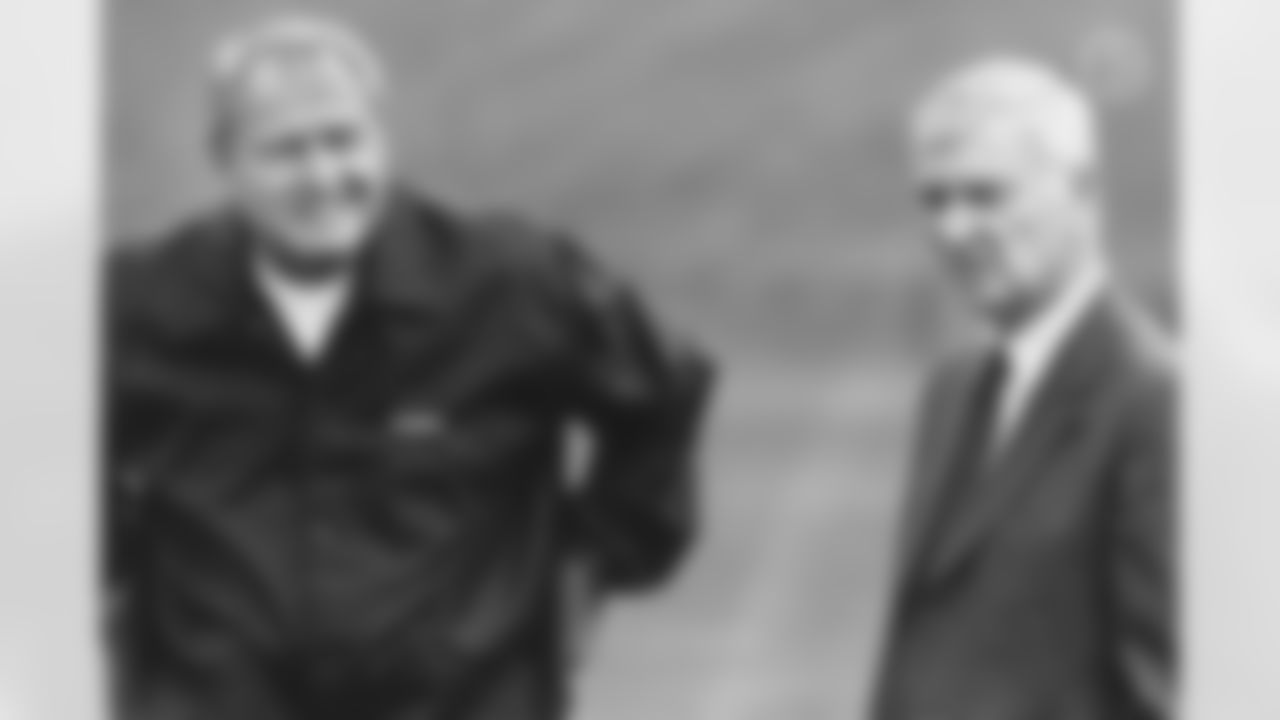
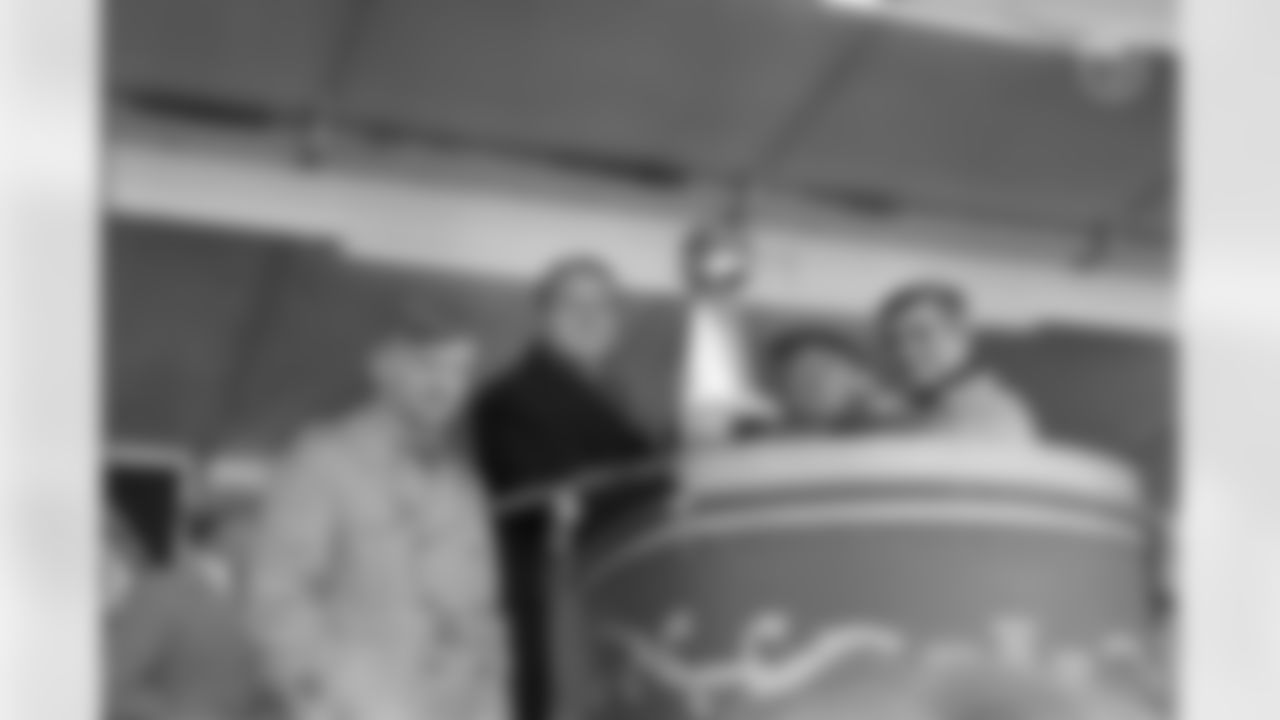



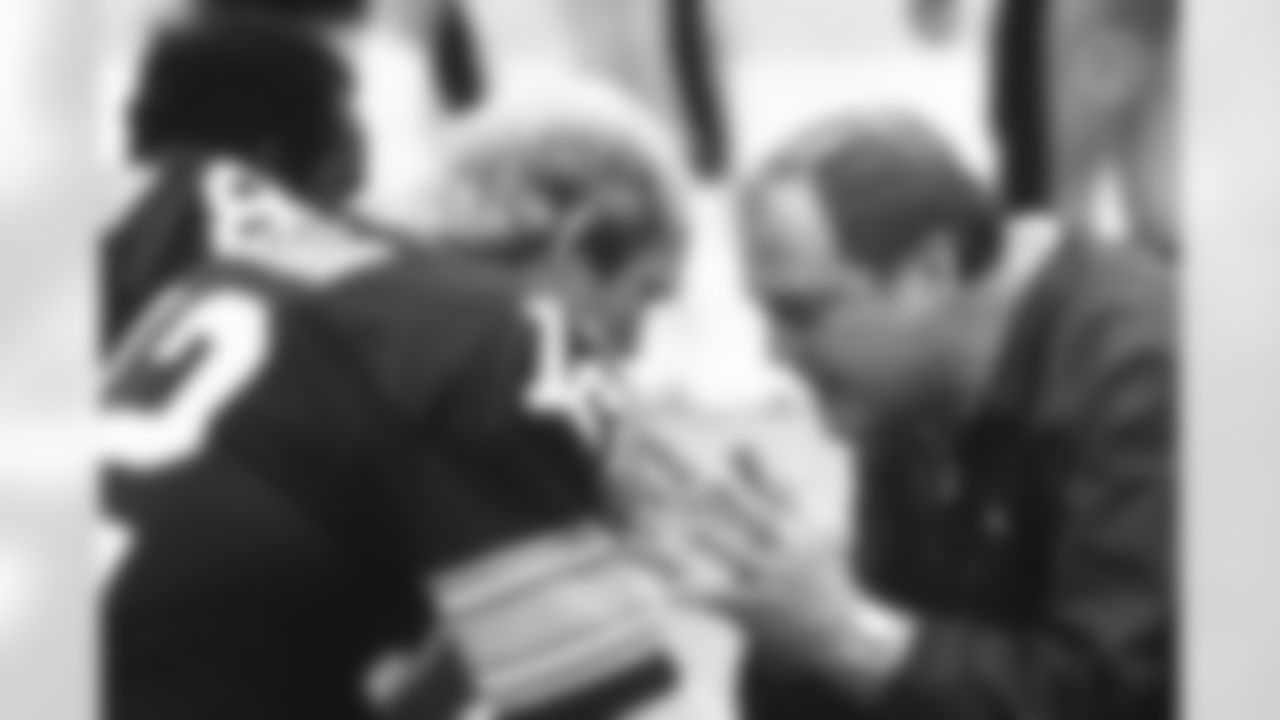

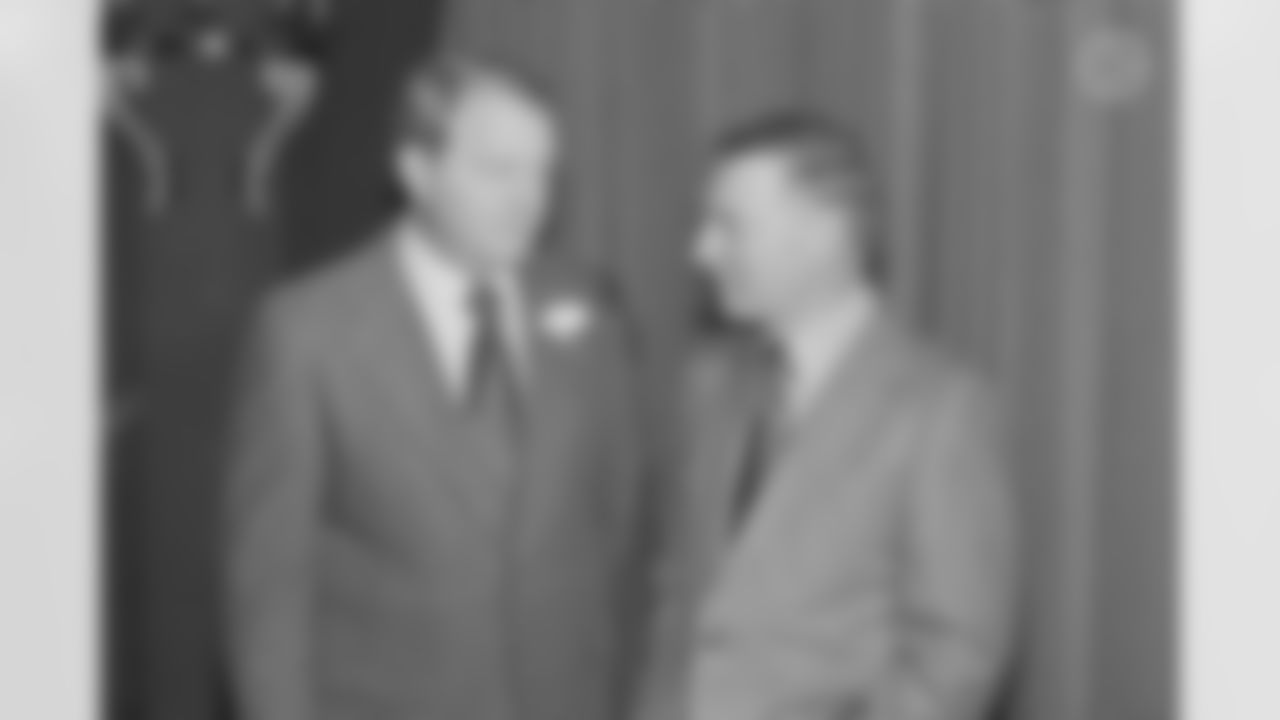



January 27, 1901
Arthur J. Rooney Sr. born in Coulterville, Pa.
Founder, President, Chairman of the Board (1933-88)
As cliché as it might sound, without this day in history, there is no history for the Pittsburgh Steelers. Arthur J. Rooney Sr. was born on January 27, 1901 in the small town of Coulterville, Pa. to Dan and Margaret Rooney. In 1913 the family would move to Pittsburgh, where Rooney attended St. Peter's Catholic School and Duquesne University Prep School. He was a boxer and played minor league baseball after college but in 1933 changed the landscape of Pittsburgh and the National Football League when he purchased the franchise for $2,500.
Rooney was a driving force behind the NFL-AFL merger, and kept the Steelers franchise viable during the depression, World War II and other tough times, even merging with the Philadelphia Eagles in 1943 and Chicago Cardinals in 1944 during the war. He was inducted into the Pro Football Hall of Fame in 1964.
Affectionately known as "The Chief" to all of his players and the fans, Rooney never wanted to be in the spotlight and took a backseat when after 40 years of struggling the franchise won their first Super Bowl in 1974.
Rooney's Steelers went on to win a total of four Super Bowls in the 1970s, and his legend is one that will live on forever in Steelers and NFL history.
Check out photos of Steelers' Hall of Famer Art Rooney Sr.


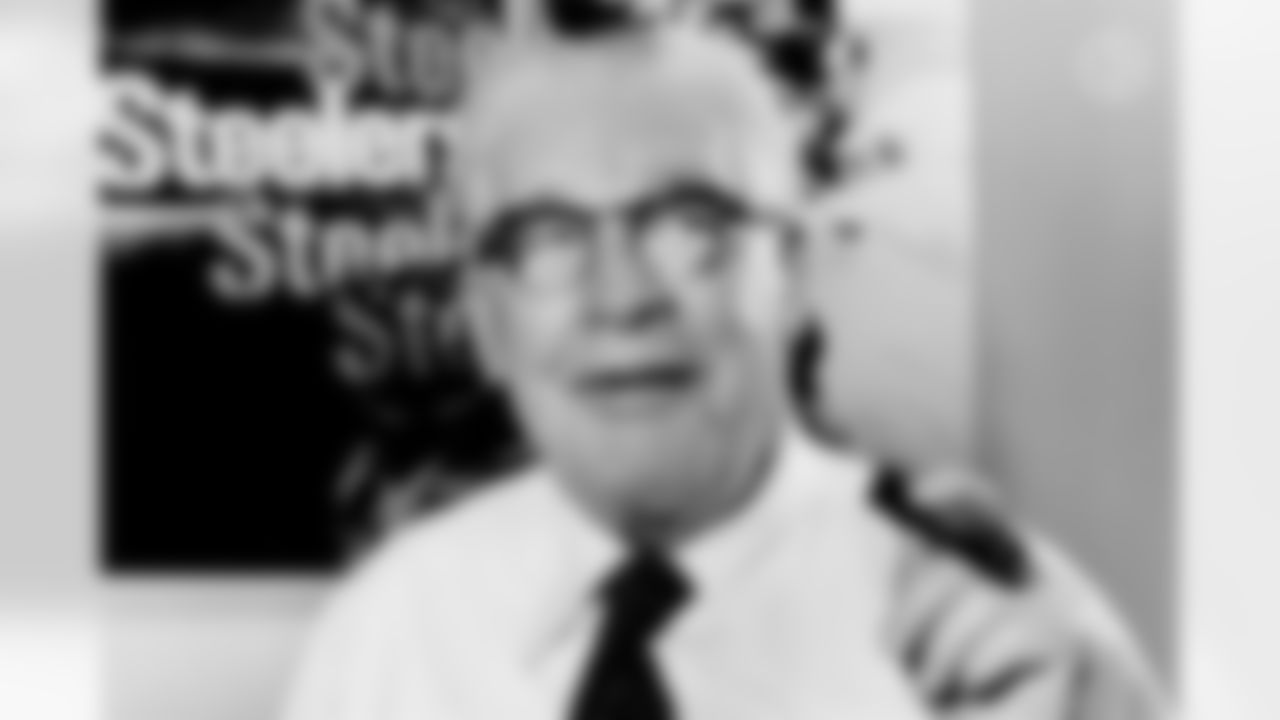
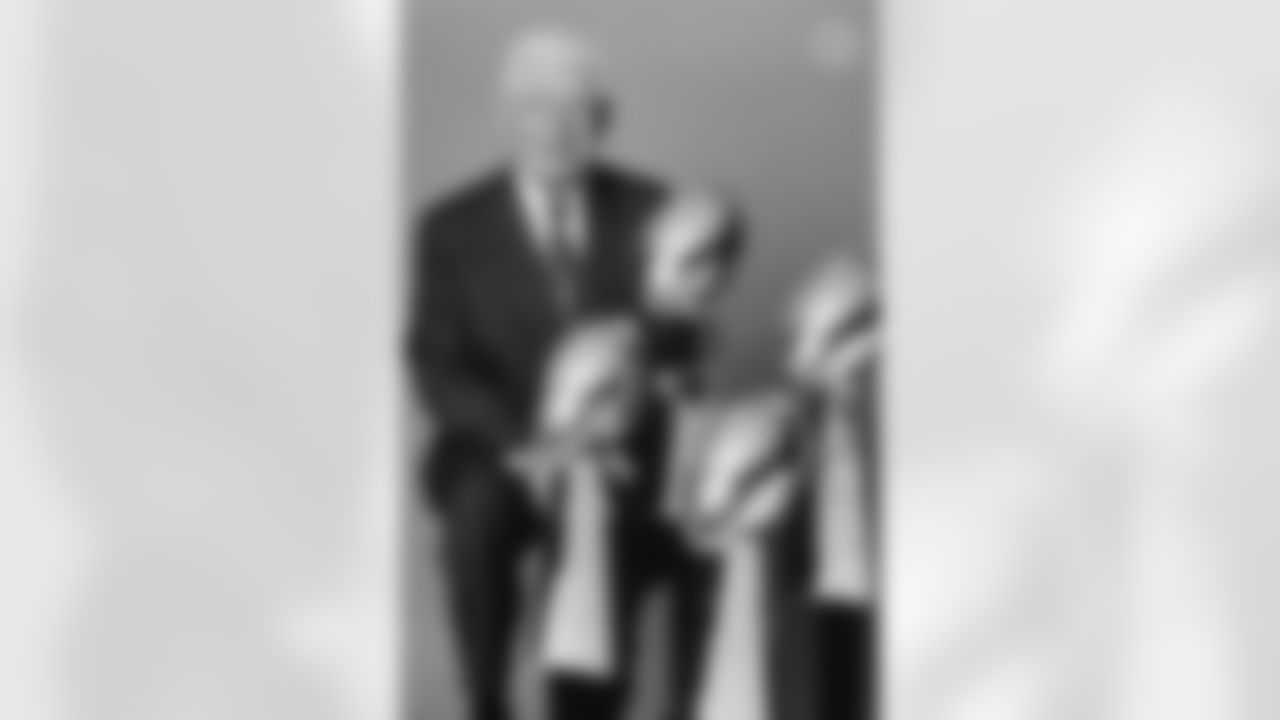


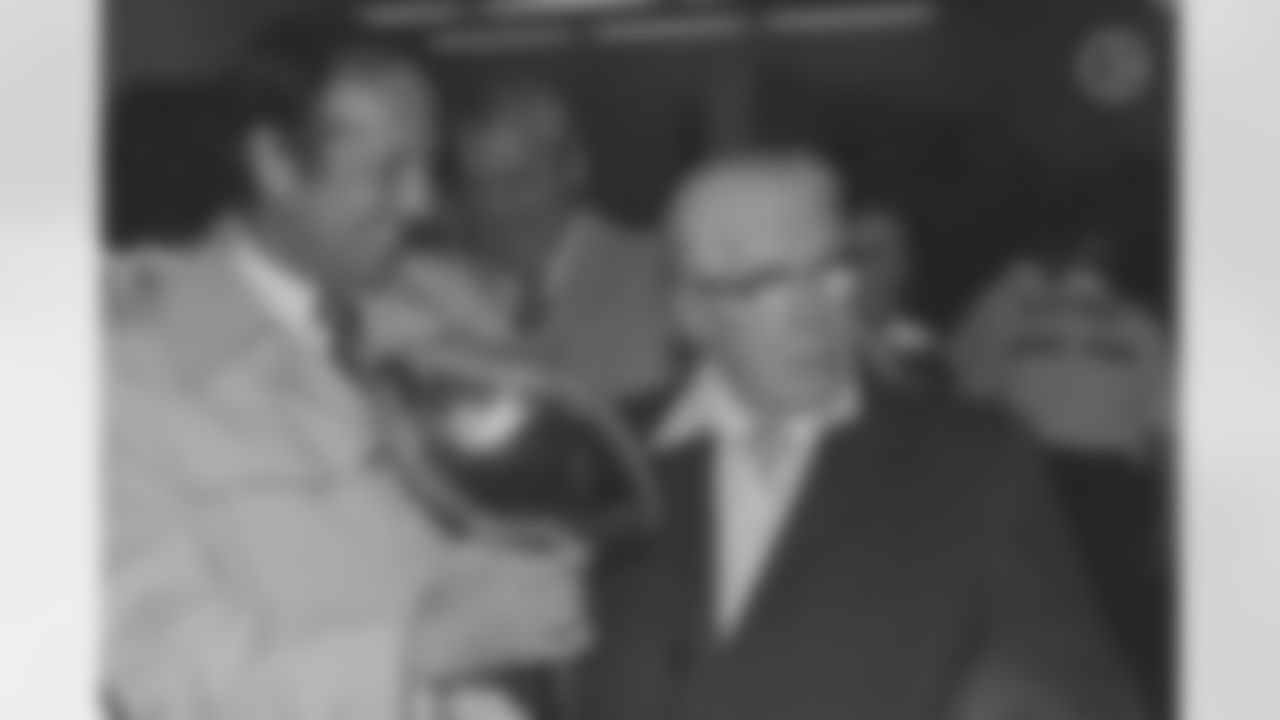



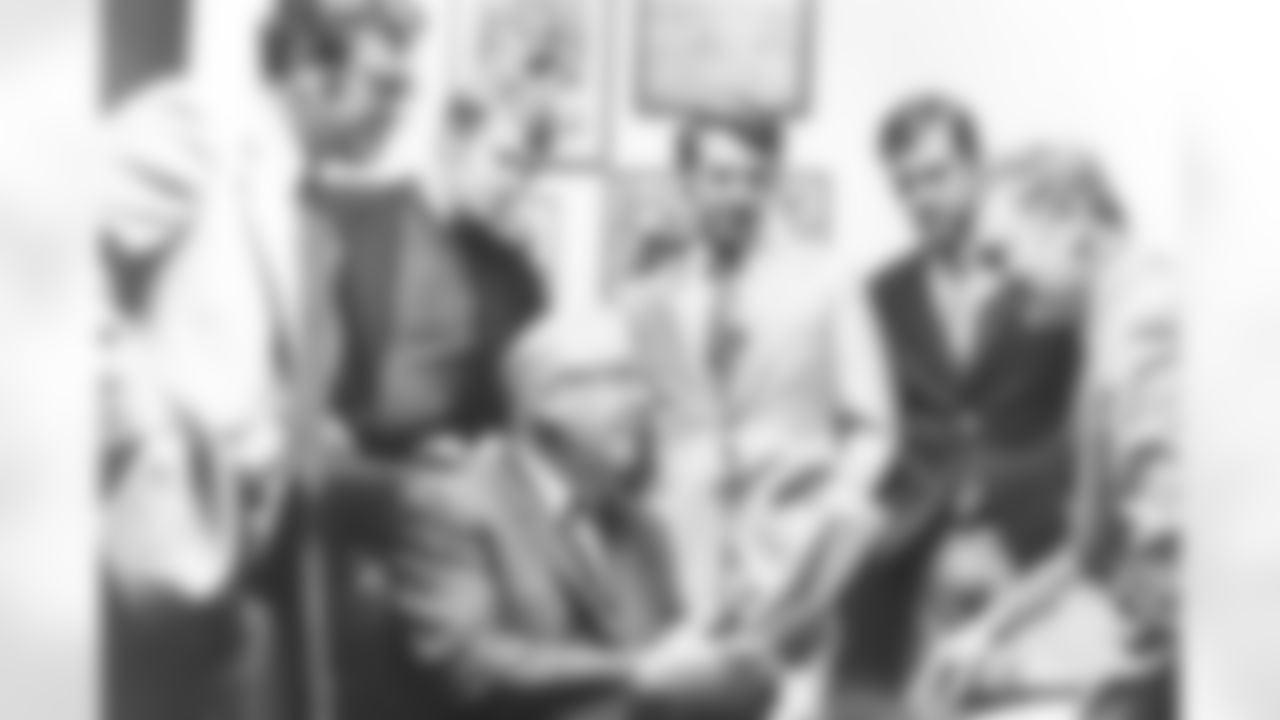

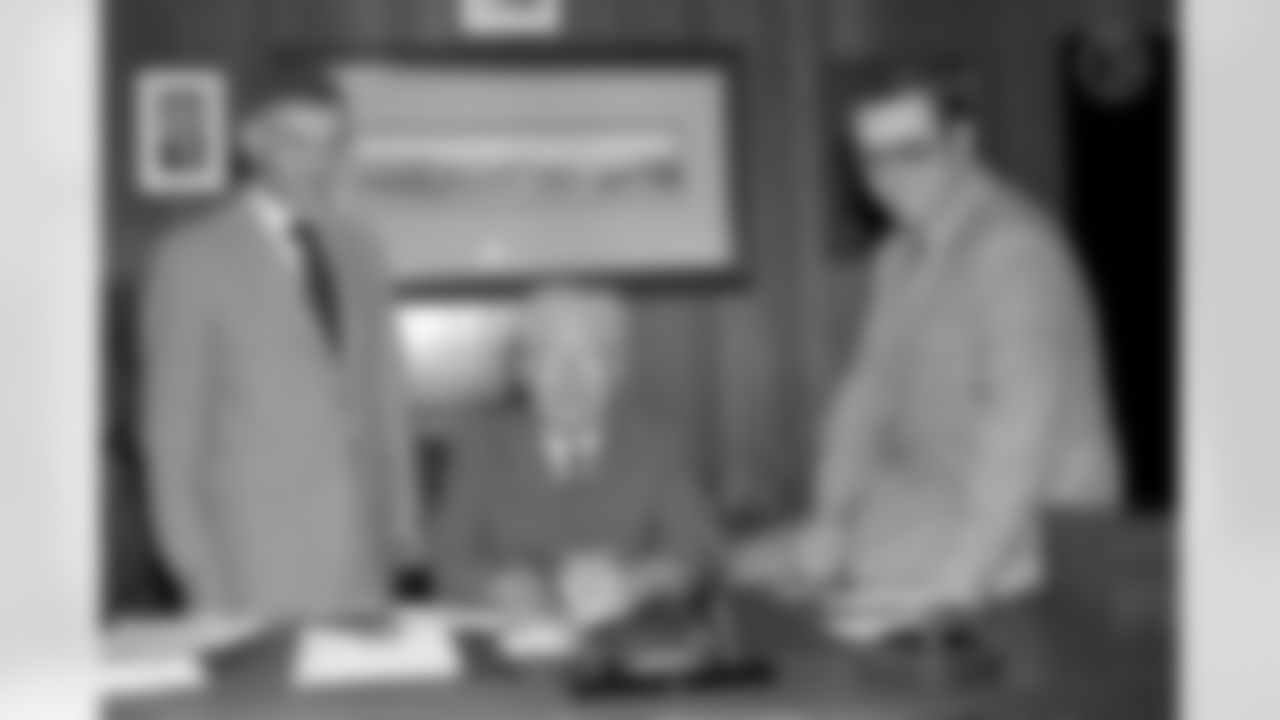

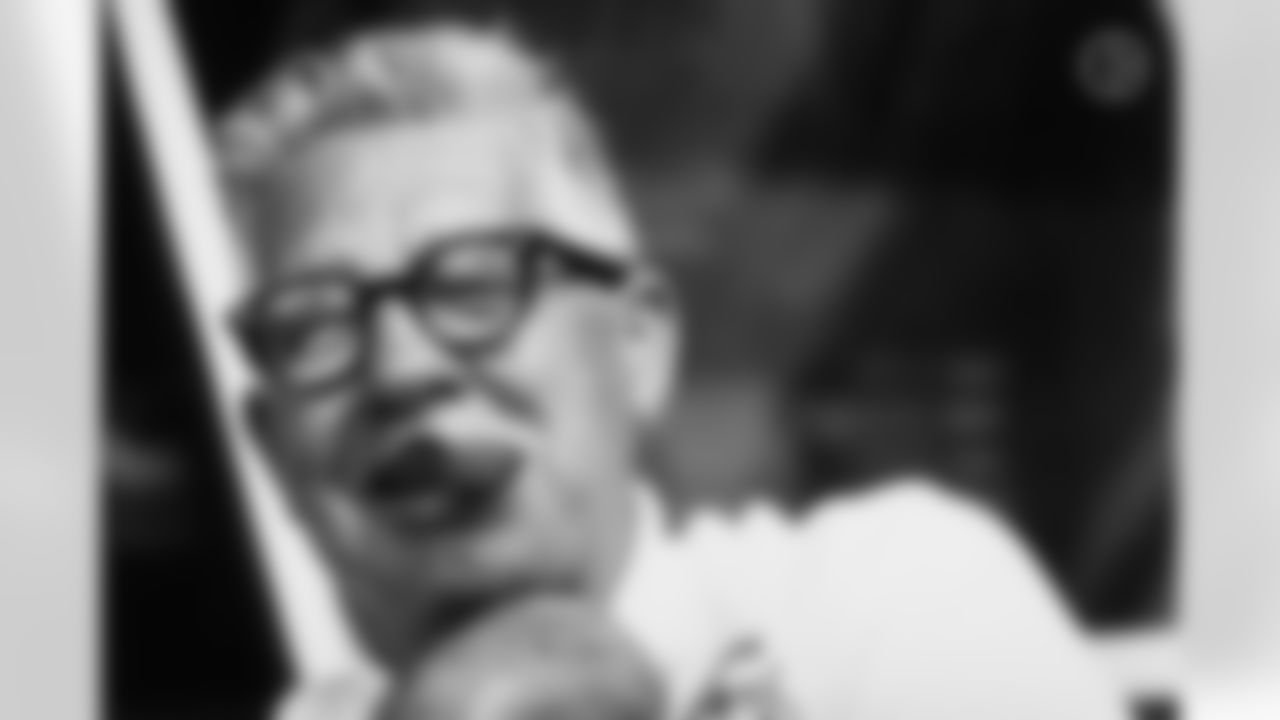


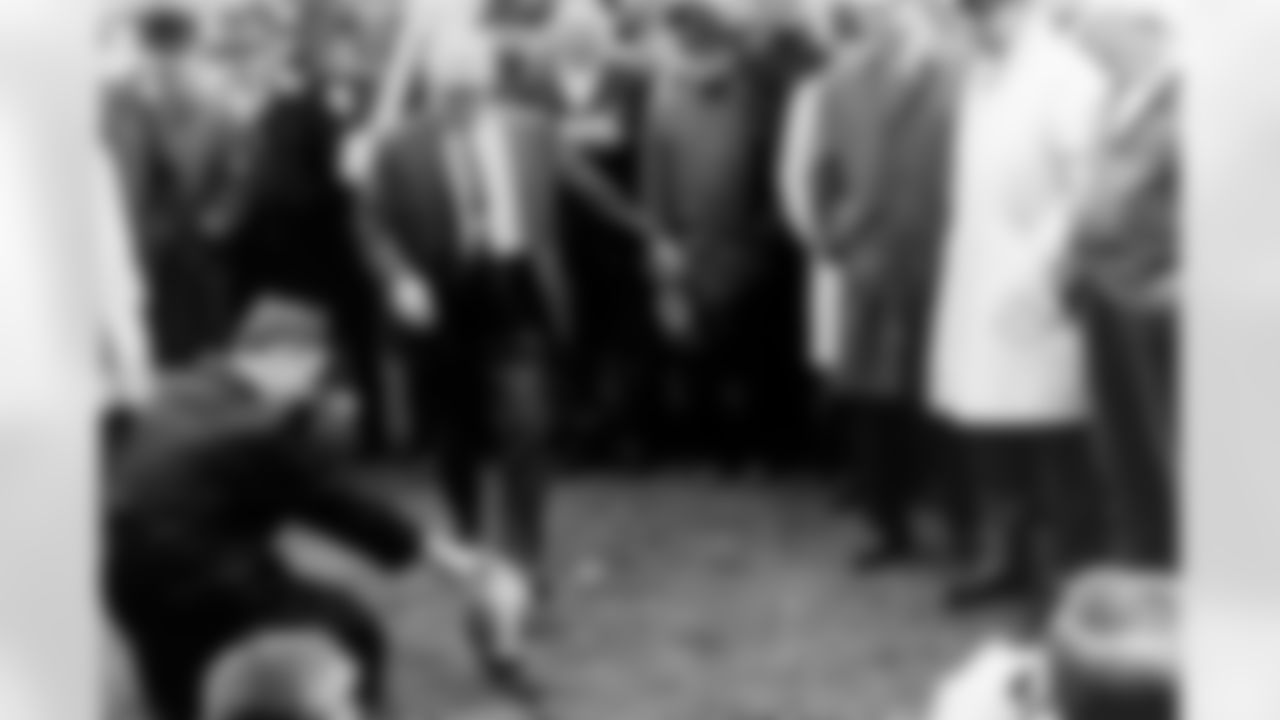

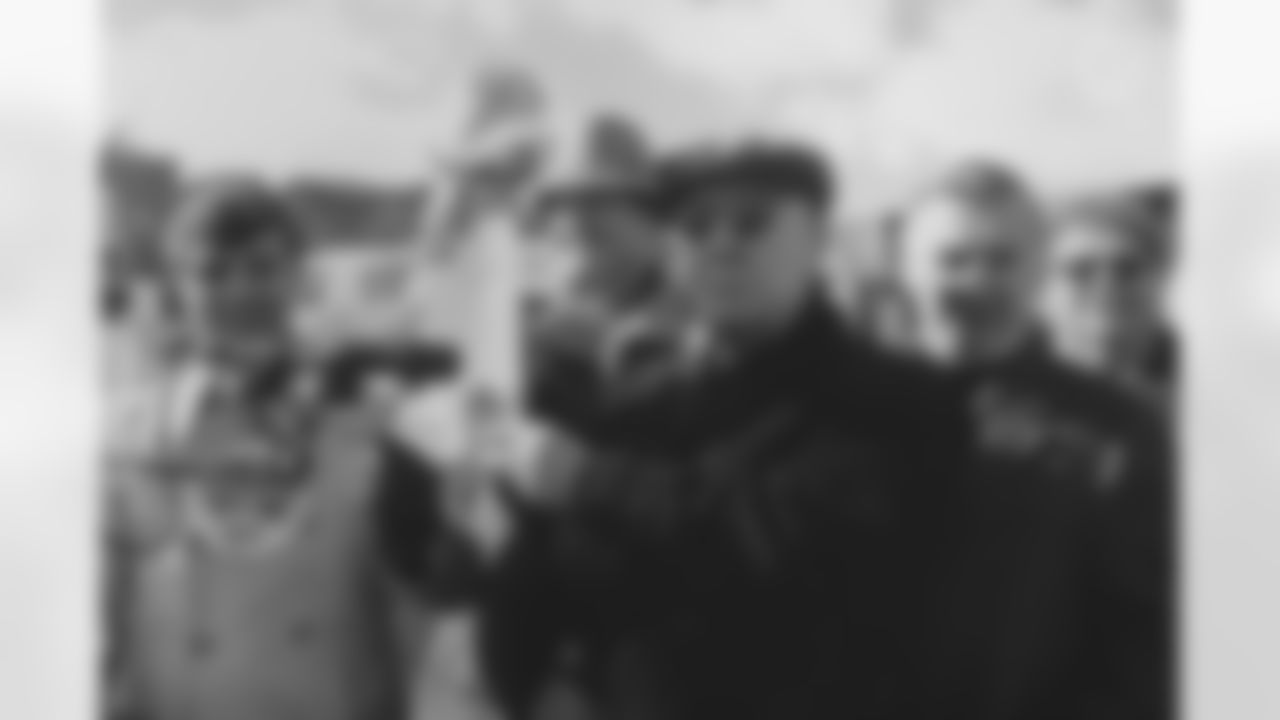
January 27, 1970
Quarterback Terry Bradshaw selected in first round of NFL Draft
Terry Bradshaw was the No. 1 overall pick in the 1970 NFL Draft and he definitely lived up to the hype. He is one of only 13 overall first picks to be inducted into the Pro Football Hall of Fame, and he definitely earned his Gold Jacket.
Bradshaw was at the helm for the Steelers as a rookie, starting eight games and then continuing to be the driving force behind the success of the Steelers' offense.
Bradshaw led the team to four Super Bowl championships, being named MVP in Super Bowl XIII and XIV. He passed for 932 yards and nine touchdowns in the four Super Bowl victories and in 19 postseason games passed for 3,833 yards.
Bradshaw was inducted into the Pro Football Hall of Fame in 1989.
Check out photos of Steelers' Hall of Famer Terry Bradshaw
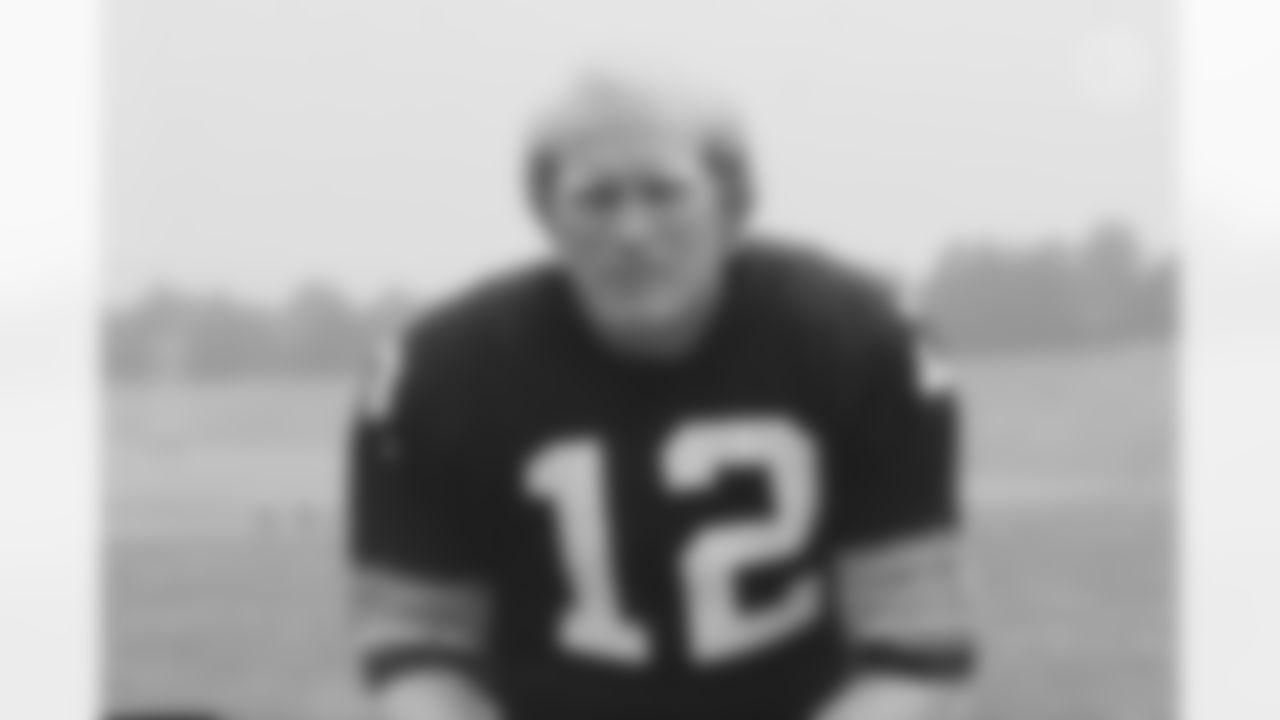
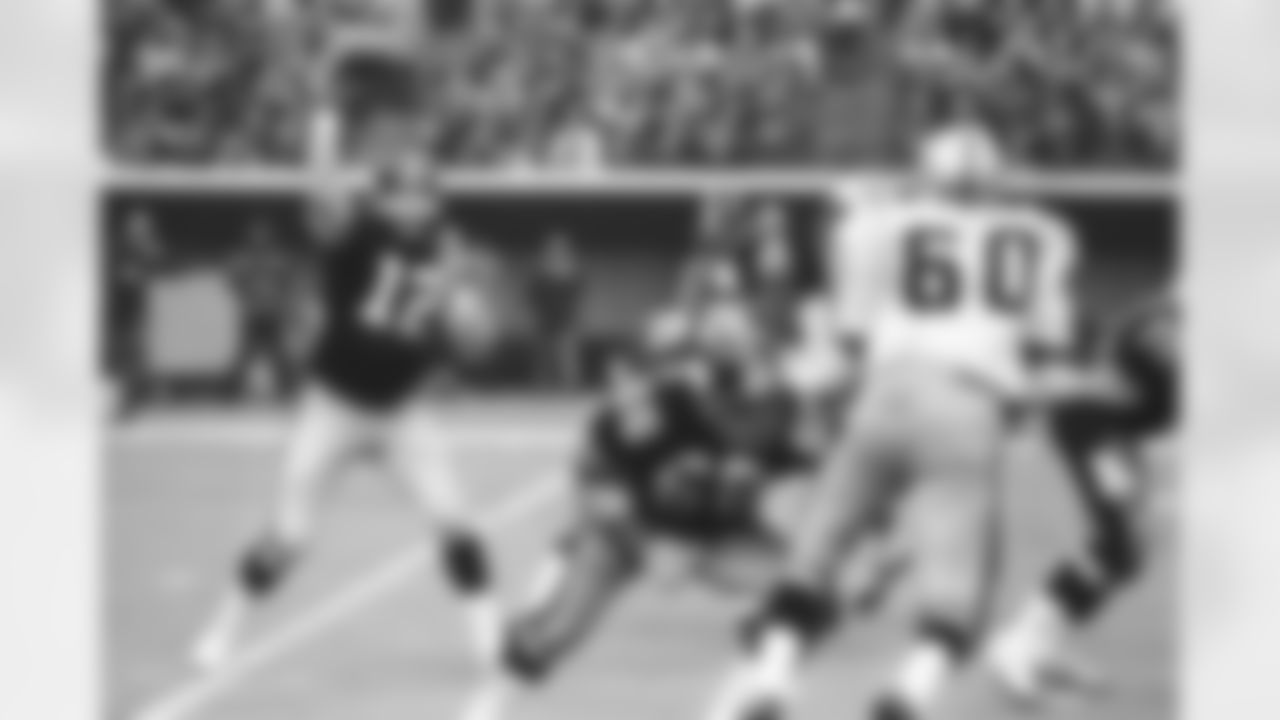

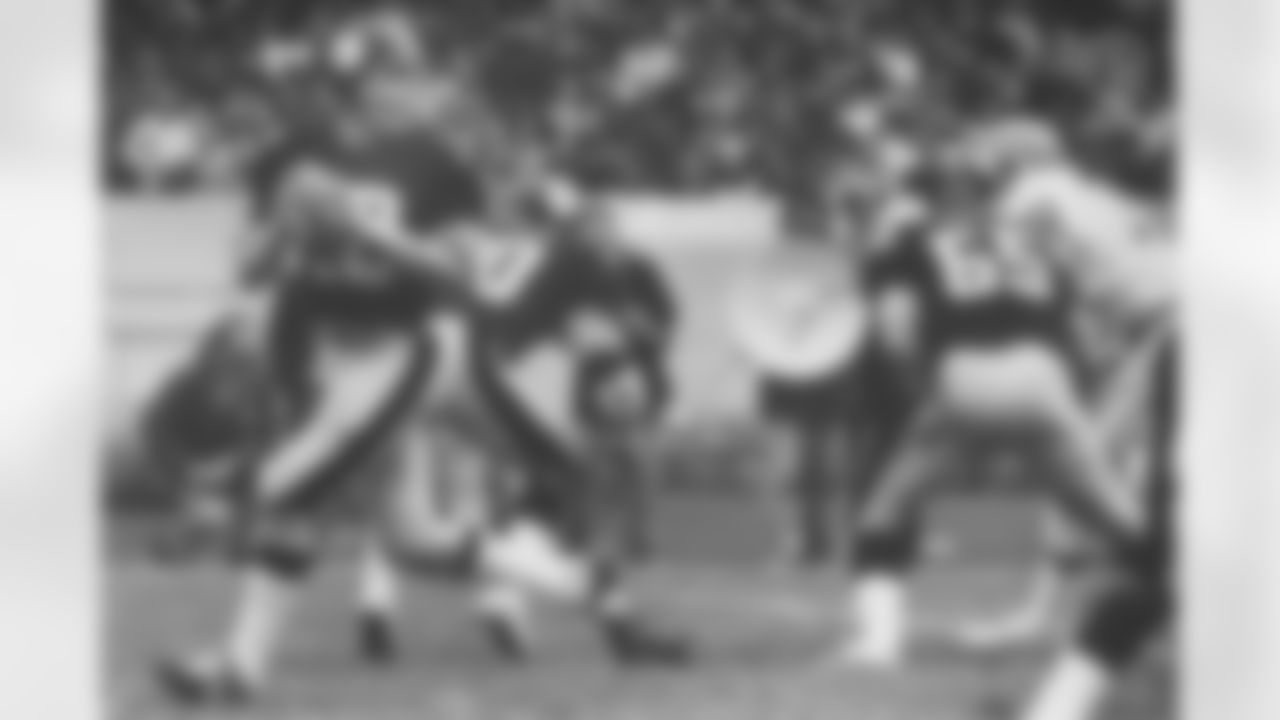
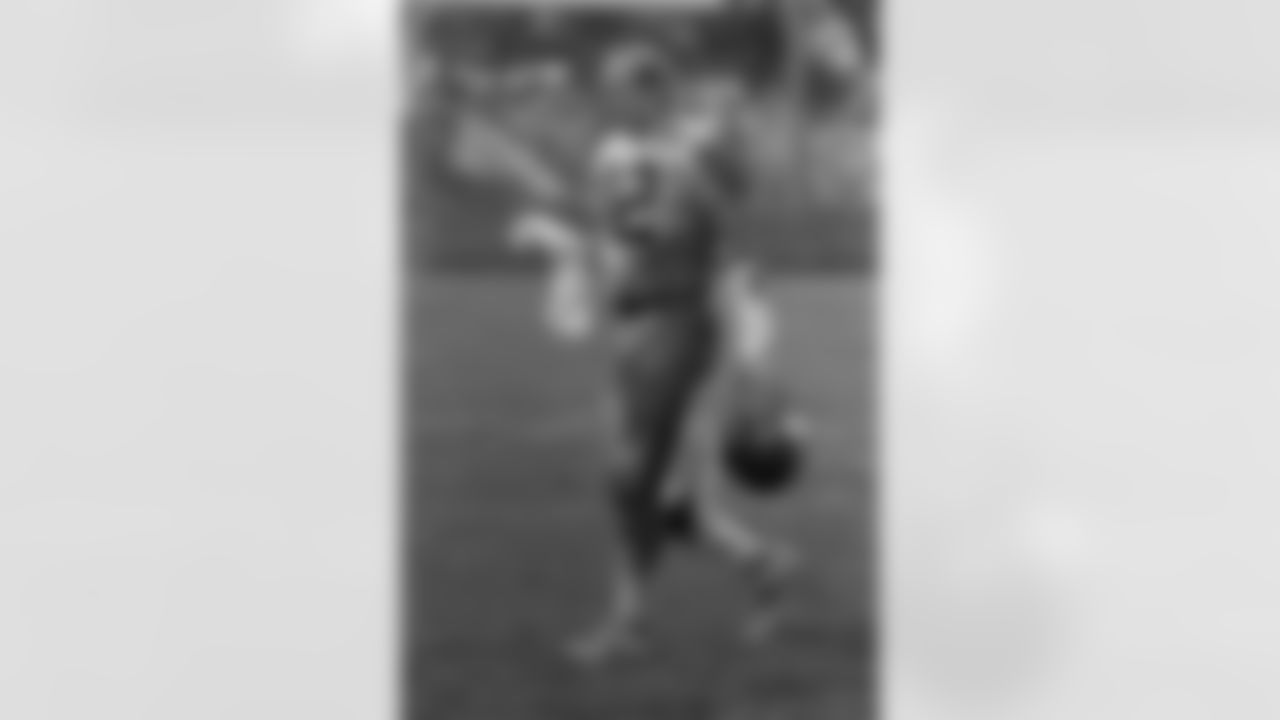
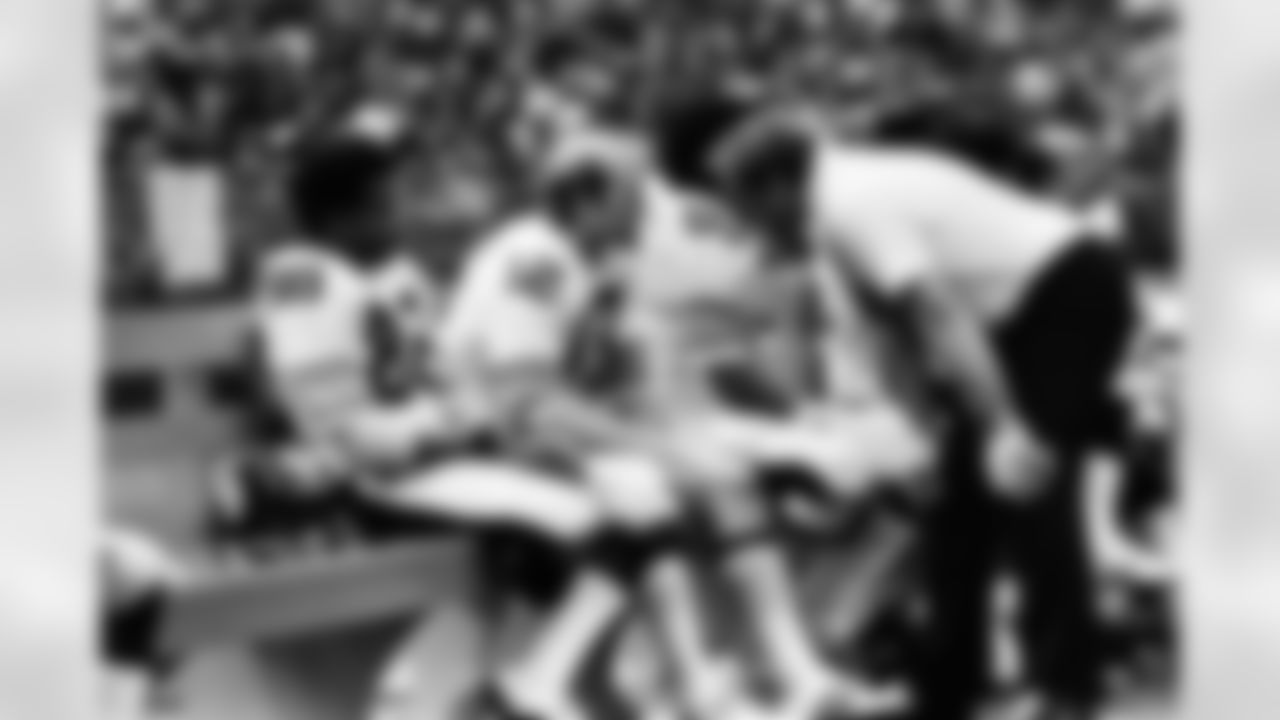



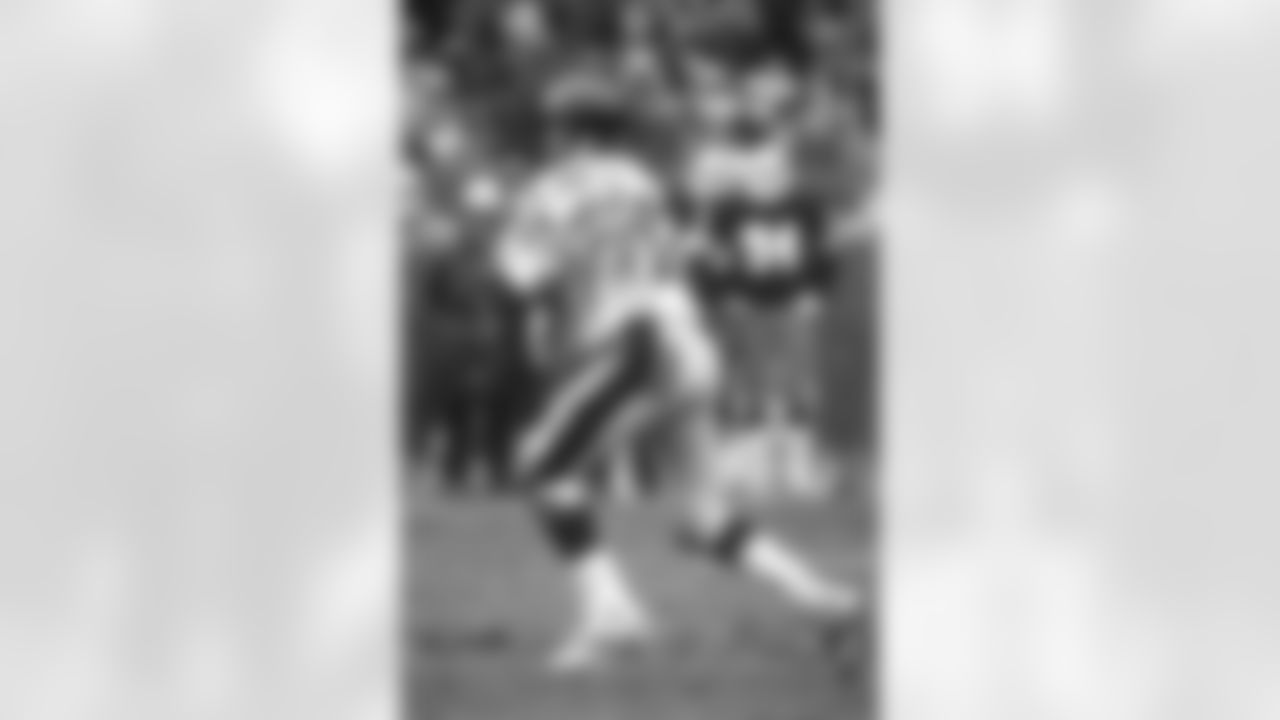
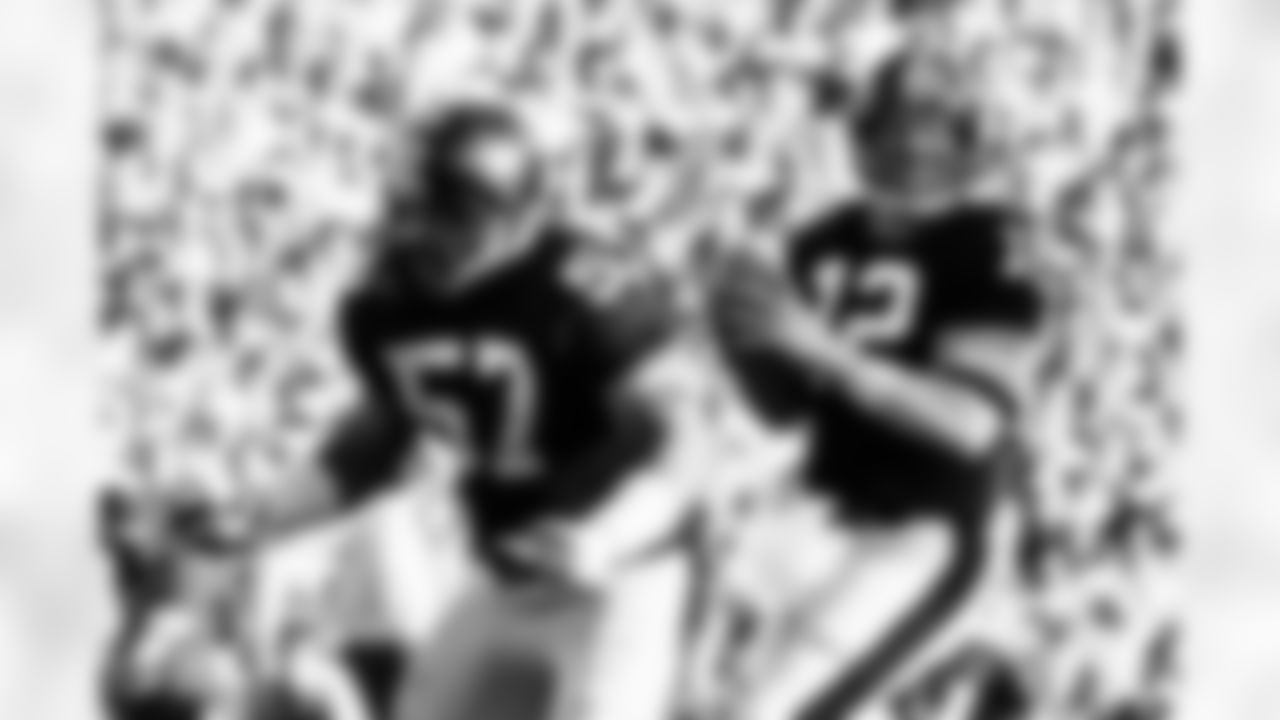
January 27, 1970
Cornerback Mel Blount selected in third round of NFL Draft
There aren't many players who cause the NFL to change the rules because of their play, but there also aren't many players like Mel Blount.
Blount, the Steelers third round draft pick in 1970 out of Southern University, came into the NFL with everything a coach would want…size, speed, quickness, mental and physical toughness and a strong work ethic.
He worked his way into the starting lineup in the 1972 season, and shut down opposing receivers, not allowing a single touchdown all year. Blount could adjust to cover any type of receiver, but his specialty was the "bump-and-run," and receivers barely stood a chance. It was that ability that caused the NFL to implement the five-yard bump rule in 1977, a rule where the only time a receiver can be bumped by a defender is within five yards of the line of scrimmage.
Blount was inducted into the Pro Football Hall of Fame in 1989.
Check out photos of Hall of Famer Mel Blount
